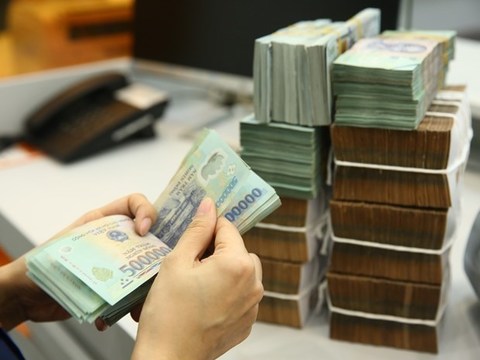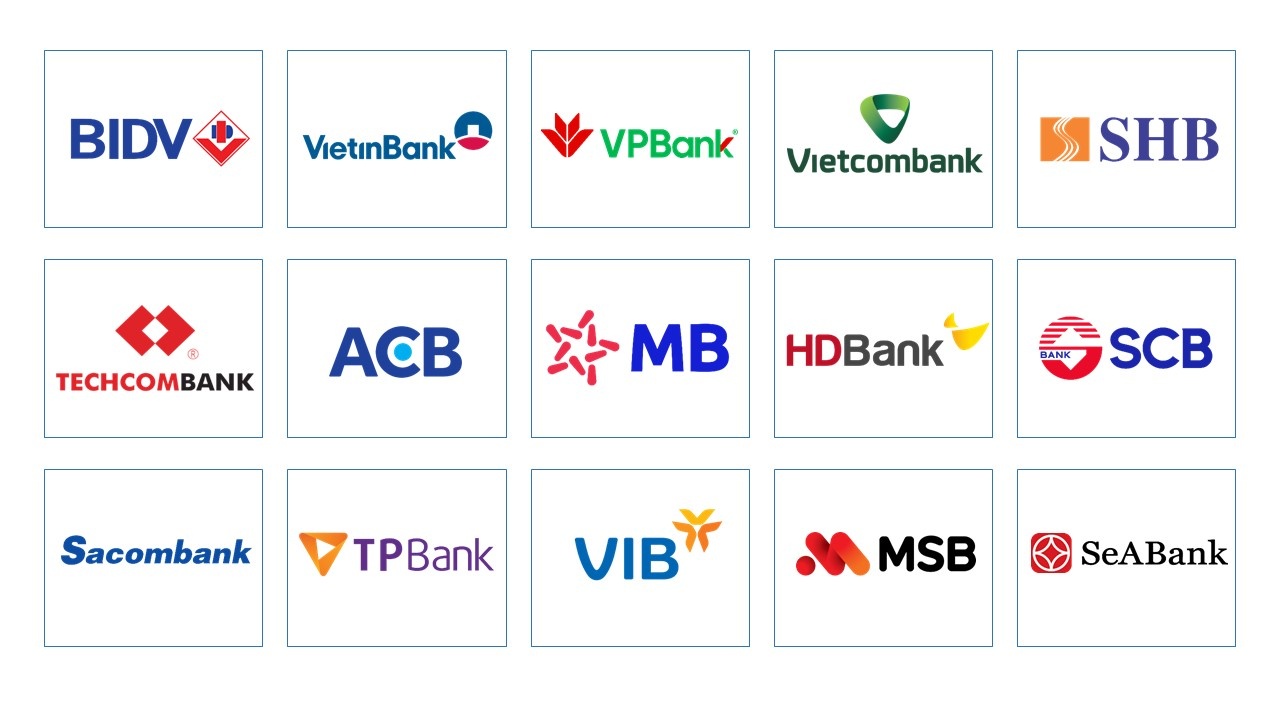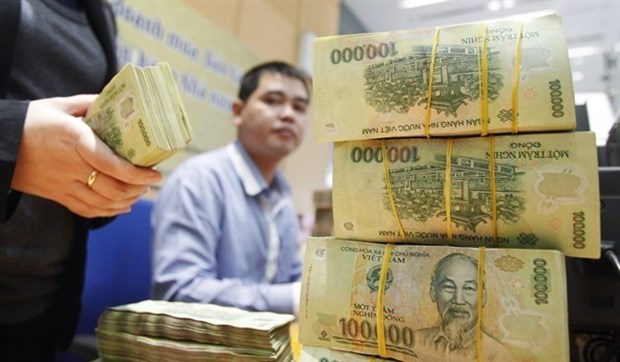Inflation risks pose questions for exchange rate policy
Inflation risks pose questions for exchange rate policy
In response to the recent Fed’s interest rate hike, the State Bank of Vietnam is predicted to tighten its monetary policy in an attempt to curb inflation, with a focus on controlling the exchange rate.

In the past two weeks, interbank interest rates have started to cool down. At the same time, the State Bank of Vietnam (SBV) reduced the frequency of money injection into the market.
At the end of July, the SBV made the sudden move to raise the interest rate on the open market, causing the interest rate on the interbank market to skyrocket, reaching over 5 per cent per year. However, over the past week, the overnight interest rate on the interbank market fell significantly.
Although the operating interest rate remains unchanged, the SBV’s move to raise interest rate on the open market recently shows that this agency is giving the green light for the interest rate in the market to increase.
Experts credit the recent increase in the exchange rate to the Fed’s interest rate hike and believe that the SBV’s maintenance of high interbank lending rates is aimed at reining in the exchange rate. Raising interest rates will make the VND more attractive compared to the USD, thereby reducing the need to hold the USD and indirectly cooling down the exchange rate.
“An increase in the exchange rate will benefit exports, but will also increase imported inflation. Therefore, the SBV had to raise interest rates to keep the exchange rate down,” economist Nguyen Tri Hieu noted. “If interest rates are low, people can switch to holding USD, so the SBV must maintain VND interest rates at a reasonable level to ensure the attractiveness of VND.”
However, Ngo Dang Khoa, head of Markets and Securities at HSBC Vietnam, told VIR that import firms derive a significant proportion of their revenue in domestic currency, while many of their costs are mostly in foreign currencies. A sharp depreciation of the VND may negatively impact their competitive advantage and directly impact their revenues.
“Therefore, it is important for businesses to have an effective currency hedging policy in place to prevent such fluctuations,” Khoa said. “Under the current regulatory framework, HSBC offers a range of hedging products that help foreign-invested companies neutralise the currency effects on their balance sheet. Hedging reduces a firm’s exposure to the unwanted risk of FX and interest rate risk. This helps to sustain profits, reduce volatility, and ensure smoother operations.”
Other lenders, such as Shinhan Bank, Vietcombank, VPBank, and Techcombank have also rolled out hedging tools to support corporate clients, particularly import and export businesses, to stay resilient amidst the volatile forex situation.
Economist Vo Tri Thanh believes that while a stronger VND devaluation can support exports, an increase in the exchange rate may not necessarily bring great benefits to exports, as the portion of imported materials in export goods is quite large.
“Vietnam’s producer price index has increased 5-6 per cent, as import prices mainly for production materials are higher than the export prices. This is detrimental to the economy. That’s why the SBV has to make efforts to stabilise the exchange rate,” Thanh said.
Although the National Assembly required the SBV this year to continue reducing the lending interest rate to foster economic growth, in the face of current high inflationary import pressure, the central bank was forced to sacrifice interest rates to keep the interest rate down.
In fact, figures from the Bank for International Settlements show that, in the first six months of 2022, central banks globally had a total of 80 interest rate hikes, surpassing the number of rate hikes in previous record years like 2011 (56 times) or 2006 (65 times). While developed countries, with 20 rate hikes, increased in bigger increments, developing countries watched cautiously and followed gradually with 60 rate hikes in total.
According to Tran Ngoc Bau, founder and CEO of WiGroup, the SBV’s recent moves are aimed at stabilising the exchange rate by reducing the influence of external factors. Even though Vietnam’s foreign exchange reserves are at a record level, it is not enough for the SBV to maintain an independent monetary policy.
“From September onwards, inflationary pressure will be very high and the SBV may still have to keep interest rates high in the interbank market to keep the exchange rate steady,” Bau noted. “However, while the Fed’s interest rates peaked in 2022, they will then gradually decrease as US inflation cools down. Therefore, from the end of the year and into 2023, when the pressure on the exchange rate decreases, the SBV may loosen their monetary policy.”
Le Xuan Nghia, a member of the National Monetary and Financial Policy Advisory Council, said, “The SBV has managed monetary policy quite well this year and should maintain the current operating policy at least to the end of the third quarter. When the inflation landscape is clearer, it can make a new decision on monetary policy in the fourth quarter.”
HSBC also predicted stronger inflation pressures to kick in from the latter half of this year, pushing headline inflation to breach the SBV’s 4 per cent ceiling temporarily for a few quarters. “This begs the question about when the SBV will start to normalise its monetary policy. After all, it is one of the few Asian central banks that have not started their tightening cycles,” the bank noted. “We expect Q3 to be the start of the SBV’s tightening cycle, possibly by 50 basis points.”

























